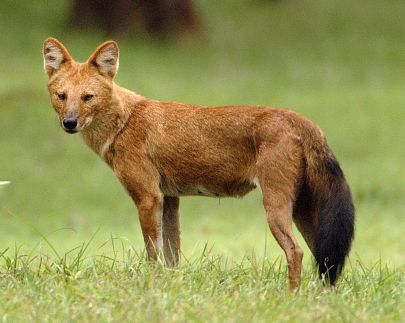Facts About Asiatic Wild Dog, Red Dog, Dhole
The dhole, also known as the Asian wild dog, Asiatic wild dog, Indian wild dog, whistling dog, red dog, or mountain wolf, is a captivating canid indigenous to Central, South, East, and Southeast Asia. Although closely related to species in the Canis genus, dholes exhibit distinct anatomical differences. While they once ranged across Asia, Europe, and North America, their current distribution is confined to specific regions due to habitat loss, competition, persecution, and disease.
Dholes are highly social animals that live in large clans without strict dominance hierarchies. They are diurnal hunters, meaning they are active during daylight hours, primarily preying on medium- and large-sized ungulates. Unfortunately, these remarkable creatures are endangered, with fewer than 2,500 adults remaining due to various threats.
The etymology of the name "dhole" remains somewhat enigmatic, with potential origins in different languages. Scientifically, dholes belong to the genus Cuon, differentiating them from Canis species. They possess a complex evolutionary history, and their unique features have sometimes complicated their classification within canids.
Dholes inhabit a broad range across Asia, preferring forested areas in alpine regions and occasionally plains. However, they are confronted with significant challenges, such as habitat fragmentation and human-wildlife conflicts throughout their range.
Ecologically and behaviorally, dholes are distinguished by their unique social structures, territorial behaviors, denning habits, and hunting strategies. They often interact with other predators and competitors, including tigers, leopards, bears, and wolves. Sadly, they also face threats from diseases, parasites, and human activities such as hunting and persecution.
Conservation efforts for dholes include legal protection in countries like India, Russia, and China, alongside conservation breeding programs and initiatives to reduce human-wildlife conflict. Some innovative approaches, including cloning, have also been explored to support their conservation.

 North Korea
North Korea